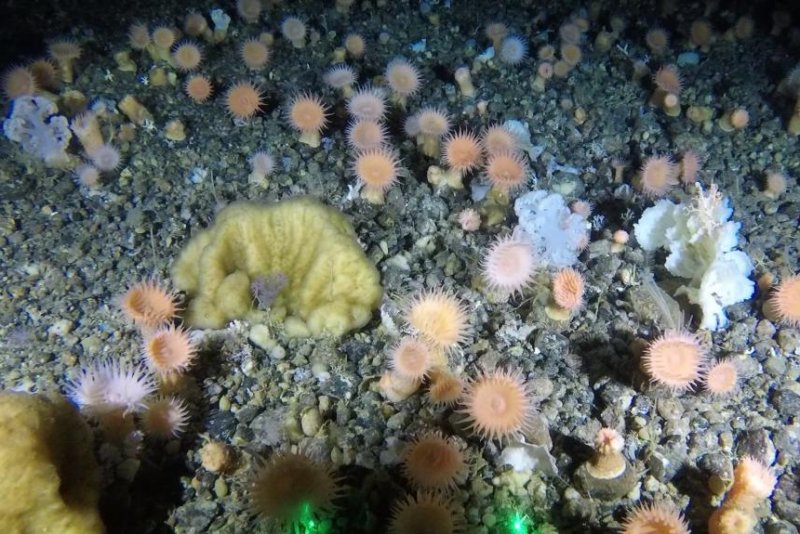
New research suggests beavers are accelerating the thawing of the Arctic's permafrost in Alaska. Photo by Pixabay/CC
June 30 (UPI) -- The Arctic's permafrost could begin to thaw more rapidly as beavers in Alaska continue to proliferate.
According to a new study, published Tuesday in the journal Environmental Research Letters, beaver numbers are up across Alaska's Arctic tundra, and they're building more and more dams, creating new bodies of water.
The big, sharp buck teeth of the beaver help the industrious mammals fell trees and shrubs to construct homes and dams, flooding valleys and creating new ponds and lakes -- transforming landscapes. Few animals can alter their environs with the efficiency of the beaver.
"Their methods are extremely effective," study co-author Ingmar Nitze, scientist at the Alfred Wegener Institute's Helmholtz Center for Polar and Marine Research, said in a news release.
"Their methods are extremely effective," study co-author Ingmar Nitze, scientist at the Alfred Wegener Institute's Helmholtz Center for Polar and Marine Research, said in a news release.
RELATED Large freshwater animal populations see 88 percent drop in 40 years
Nitze and his colleagues have been actively monitoring Arctic tundra to better understand the how climate change is affecting the region's permafrost and its ability to store carbon.
But climate isn't the only variable. As temperatures have warmed in recent decades, the Arctic has become increasingly green. With more shrubs and small trees to eat, beavers have moved farther north into the Arctic Circle.
In 2018, Nitze and other researchers reported beavers living in a 7,000-square-mile section of northwest Alaska had created 56 new lakes in only five years. The latest research, which focused on two different plots of land in Alaska, suggests beavers have continued to spread
RELATED Researchers detail the many benefits of 'rewilding'
"Of course, we knew that the beavers there had spread substantially over the last few decades," said Nitze. "But we never would have dreamed they would seize the opportunity so intensively."
In a plot measuring 38 square miles, near the town of Kotzebue, satellite images confirmed the creation of an average of five new beaver dams per year between 2002 and 2019 -- a 5,000 percent increase in less than two decades. Scientists documented similar dam construction rates across the entire northern Baldwin Peninsula.
"We're seeing exponential growth there. The number of these structures doubles roughly every four years," Nitze said.
WORLD'S BIGGEST BEAVER DAM
NORTHERN ALBERTA,
WOOD BUFFALO NATIONAL PARK
RELATED Zombie fires erupt in Arctic
Researchers found beavers prefer to take advantage of drained lake beds.
"The animals have intuitively found that damming the outlet drainage channels at the sites of former lakes is an efficient way to create habitat," said lead study author Benjamin Jones, researcher at the University of Alaska Fairbanks. "So a new lake is formed which degrades ice-rich permafrost in the basin, adding to the effect of increasing the depth of the engineered water body."
Researchers found the water area in the Kotzebue region grew by 8.3 percent between 2002 and 2019. These more expansive and deeper lakes are warmer than the surrounding tundra, and researchers worry the increasing number of beaver-built lakes in the region will accelerate the melting of Arctic permafrost.
RELATED Arctic climate change: Recent carbon emissions worse than ancient methane
Jones, Nitze and their colleagues plan to investigate the spread of beavers across the Canadian Arctic.
"Anyone who wants to predict the future of the permafrost should be sure to keep the beaver in mind," Nitze said.















